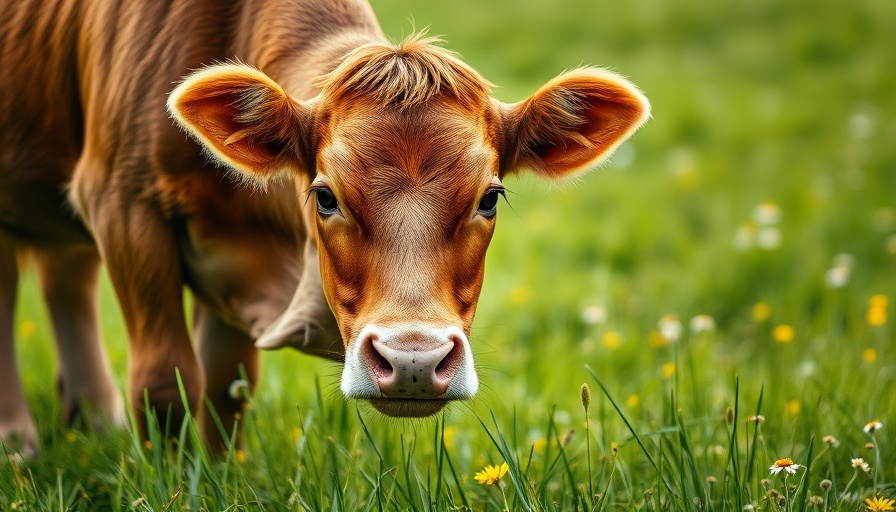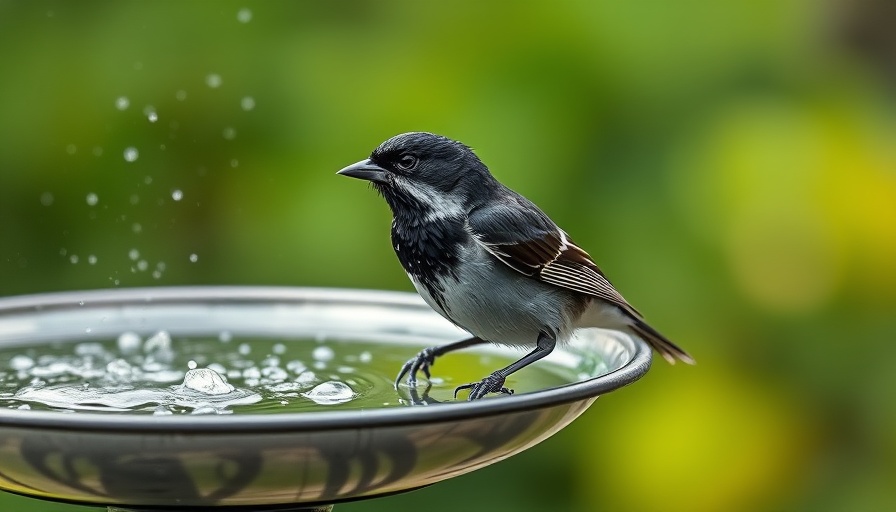
Understanding the Ongoing Spread of Bird Flu Among Mammals
As scientists continue to monitor the spread of bird flu, recent findings mark a significant milestone in our understanding of this disease. A year after its detection in Texas dairy cows, the first case in a sheep has now been reported in the U.K. This development raises questions about the virus's transmission patterns and its implications for animal and public health.
What Does This Mean for Animal Health?
The discovery of bird flu across different mammal species, including dairy cows and now sheep, highlights the virus's evolving transmission abilities. Scientists are concerned that this broadened host range could lead to increased outbreaks and complicate existing agricultural practices. The interspecies transmission indicates that avian influenza viruses can adapt to new hosts, making surveillance and monitoring essential.
Predicting Future Trends in the Spread of Bird Flu
Experts suggest that as climate change alters animal habitats and migratory patterns, we may see a further increase in the spread of diseases like bird flu. The interaction between wild birds and domestic livestock creates significant opportunities for such viruses to jump species. The need for constant vigilance in monitoring not just bird populations but all mammals in proximity to livestock is paramount to prevent future outbreaks.
What Can We Learn from Epidemiological Studies?
Ongoing studies emphasize the importance of epidemiological research to track and understand the patterns of flu transmission. Understanding how the virus moves between species can inform public health policies, leading to better vaccination strategies for both animals and humans. Enhanced collaboration between veterinary and public health officials will be crucial in addressing this complex and dynamic challenge.
Local and Global Implications
The implications of bird flu's spread are profound not only on a local scale but also on a global level. Farmers, veterinarians, and public health officials must work in tandem to develop strategies that mitigate the risk of outbreaks. This collaborative approach is vital in safeguarding both animal and human health, particularly in light of recent discoveries.
As we reflect on these developments, it becomes clear that staying informed is essential. By collaborating, sharing insights, and continuing research, society can leverage collective knowledge to combat the ongoing challenges posed by bird flu and similar infectious diseases.
 Add Row
Add Row  Add
Add 




Write A Comment